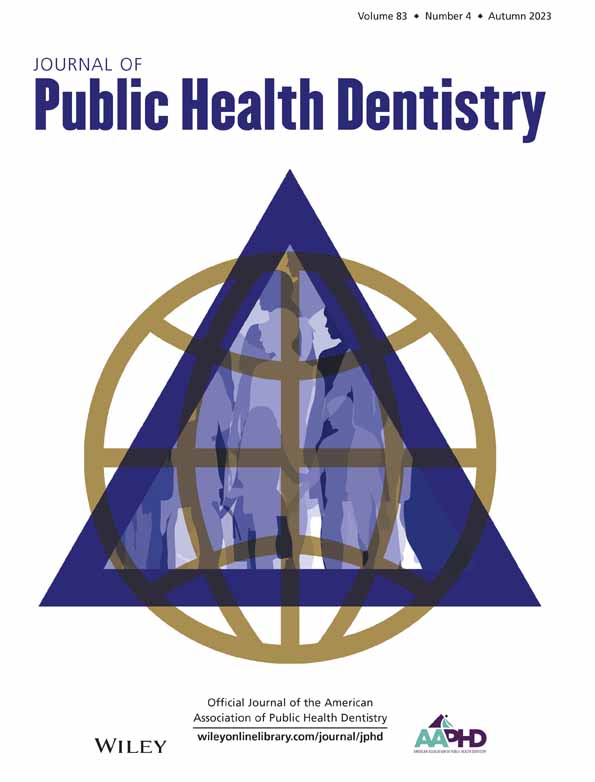Disseminating oral health educational content and evaluating its use on non-dental safety net clinic websites
Abstract
Objectives
Safety net clinics (SNC) provide healthcare to vulnerable populations and SNC websites are an important information source. In North Carolina (NC), all 100 counties are Dental Health Professional Shortage Areas, yet 91 of 317 SNCs are non-dental (ND-SNC). Our goals were to: (1) assess the presence and type of oral health (OH) information on ND-SNC websites; (2) develop and distribute an OH education webpage to ND-SNCs and track its use.
Methods
The website search function was used with common dental terms to evaluate the presence of OH content on each ND-SNC website. Key representatives from ND-SNCs were surveyed to assess patient care and willingness to implement an OH webpage. Webpage topics included oral hygiene and a map of NC dentists that provide services to low-income patients. Google Analytics was used to track consumer webpage engagement including acquisition source (AS), average time on page (AT), and unique page views (UPV).
Results
Of the 91 ND-SNCs websites, none contained OH education; 15% had information about nearby dental providers. For the 40 ND-SNCs using our webpage, January–December 2022, the primary AS for new webpage users was referrals; 72.5% of users visited directly from ND-SNC websites. Statewide AT was 2 min and 30 s (SD = 58 s), 2.88 times longer than the 52-s threshold marketing experts use to establish genuine user engagement. There were 1364 UPVs statewide for 2022.
Conclusion
Our results suggest a need for OH education content on ND-SNC websites, as users are searching for and engaging with this information.
CONFLICT OF INTEREST STATEMENT
The authors declare no conflicts of interest.




